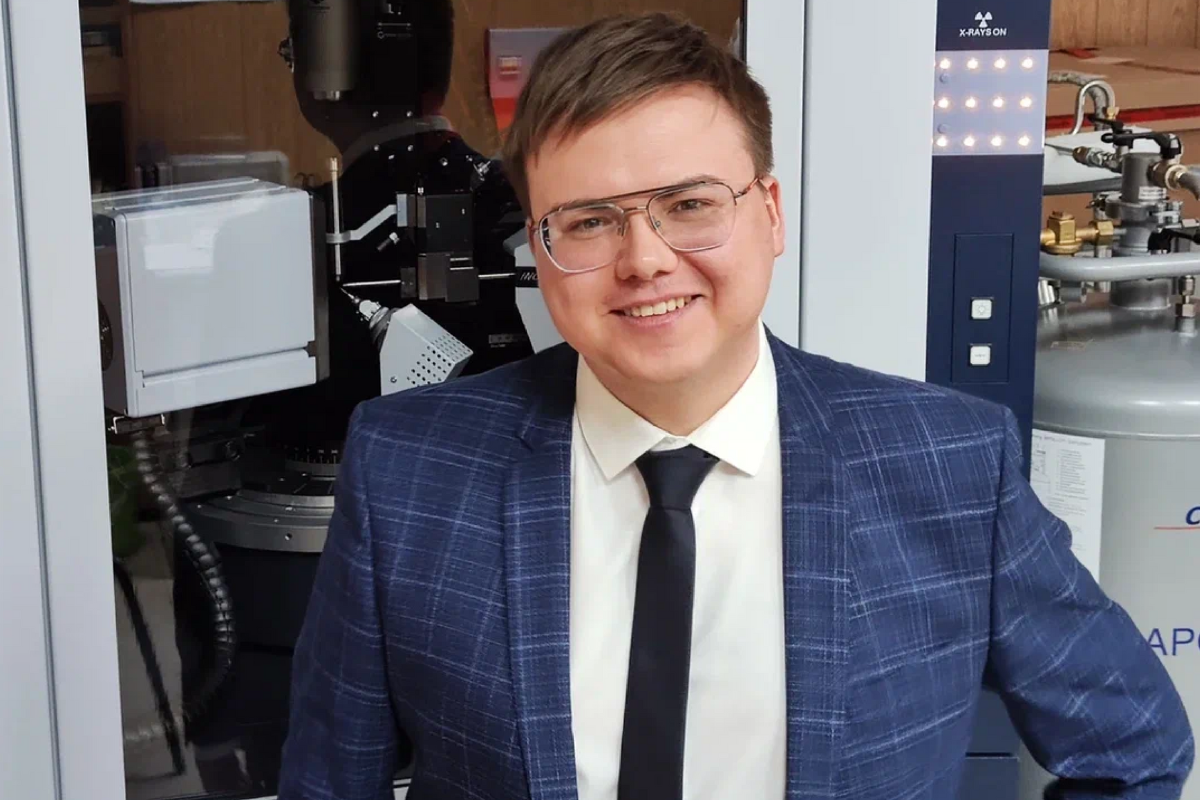The revolutionary impact of AlphaFold2 (Jumper et al., 2021), RoseTTAfold (Baek et al., 2021) and ESMFold (Lin et al., 2023) on structural biology is undeniable, and their outputs are widely used across all of biochemistry and molecular biology. Indeed, most presentations at conferences attended by biochemists, cell and molecular biologists now include an image of a computational model of a protein where once they may have included an experimental structure, if it existed. These images are commonly shown in the cartoon ribbon format championed by Jane Richardson (described in Richardson, 2000).
For many proteins, especially eukaryotic proteins, the dominating feature of these cartoons is the unstructured region of the protein. This is where the current article by Williams and coworkers in the latest issue of Acta Cryst. D (Williams et al., 2025) begins to shed some new light. One of the features of AlphaFold predictions that have contributed to their success is the internal evaluation of the reliability of prediction, presented as a per-residue confidence score (pLDDT). Somewhat ironically, as well as helping biologists understand how reliable a structured region of a protein is (for example where the pLDDT score is ≥70), the inverse observation of which parts of the protein are unstructured has been very successful, and highly complementary with the best protein-disorder predictors, for example MobiDB (Piovesan et al., 2023).
The low-confidence regions suffer a diversity of fates. They are either overinterpreted as somehow being a realistic biophysical representation of the protein, or they are completely dismissed as `spaghetti' and ignored. Williams and coworkers have identified that they represent a largely untapped resource that may contain valuable structural information, and have gone ahead with analysis and classification of the different classes of sub-70 pLDDT types.
The classifications of barbed wire, near-predictive and pseudostructure described in the paper offer a tractable framework for biologists interested in protein disorder, biomolecular condensation and disorder-to-order transitions to begin to use large-scale databases of predictive 3D models in their research.
References
Baek, M., DiMaio, F., Anishchenko, I., Dauparas, J., Ovchinnikov, S., Lee, G. R., Wang, J., Cong, Q., Kinch, L. N., Schaeffer, R. D., Millán, C., Park, H., Adams, C., Glassman, C. R., DeGiovanni, A., Pereira, J. H., Rodrigues, A. V., van Dijk, A. A., Ebrecht, A. C., Opperman, D. J., Sagmeister, T., Buhlheller, C., Pavkov-Keller, T., Rathinaswamy, M. K., Dalwadi, U., Yip, C. K., Burke, J. E., Garcia, K. C., Grishin, N. V., Adams, P. D., Read, R. J. & Baker, D. (2021). Science 373, 871–876.
Jumper, J., Evans, R., Pritzel, A., Green, T., Figurnov, M., Ronneberger, O., Tunyasuvunakool, K., Bates, R., Žídek, A., Potapenko, A., Bridgland, A., Meyer, C., Kohl, S. A. A., Ballard, A. J., Cowie, A., Romera-Paredes, B., Nikolov, S., Jain, R., Adler, J., Back, T., Petersen, S., Reiman, D., Clancy, E., Zielinski, M., Steinegger, M., Pacholska, M., Berghammer, T., Bodenstein, S., Silver, D., Vinyals, O., Senior, A. W., Kavukcuoglu, K., Kohli, P. & Hassabis, D. (2021). Nature 596, 583–589.
Lin, Z., Akin, H., Rao, R., Hie, B., Zhu, Z., Lu, W., Smetanin, N., Verkuil, R., Kabeli, O., Shmueli, Y., dos Santos Costa, A., Fazel-Zarandi, M., Sercu, T., Candido, S. & Rives, A. (2023). Science 379, 1123–1130.
Piovesan, D., Del Conte, A., Clementel, D., Monzon, A. M., Bevilacqua, M., Aspromonte, M. C., Iserte, J. A., Orti, F. E., Marino-Buslje, C. & Tosatto, S. C. E. (2023). Nucleic Acids Res. 51, D438–D444.
Richardson, J. S. (2000). Nat. Struct. Biol. 7, 624–625.
Williams, C. J., Chen, V. B., Richardson, D. C. & Richardson, J. S. (2025). Acta Cryst. D81, 558–572.
This article was originally published in Acta Cryst. (2025). D81, 584.









![[IUCr2026 logo]](https://www.iucr.org/__data/assets/image/0005/158198/IUCr2026_Logo_RGB.jpeg)
![[ACA]](https://www.iucr.org/__data/assets/image/0017/154214/ACA_Logo_WithoutACA.png)
![[AsCA logo]](https://www.iucr.org/__data/assets/image/0004/3955/asca.jpg)
![[AfCA_logo.jpg]](https://www.iucr.org/__data/assets/image/0020/157124/AfCA-logo.png)
![[ECA logo]](https://www.iucr.org/__data/assets/image/0005/3956/ecalogo.gif)
![[LACA_logo.jpg]](https://www.iucr.org/__data/assets/image/0016/111544/LACA_logo.jpg)









 I know it is a long way off, but I am already getting excited over the prospect of attending the
I know it is a long way off, but I am already getting excited over the prospect of attending the 











